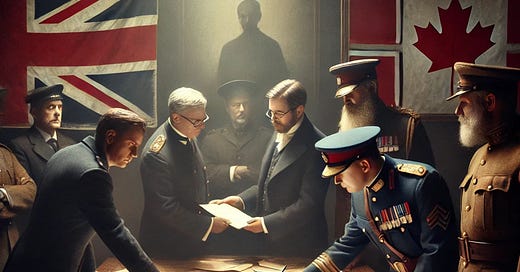By Barry Cooper
My maternal grandfather hailed from Heart’s Delight, Newfoundland. He always spoke of Canada as a malign foreign country. This attitude puzzled me as a kid much more than the distrust expressed by my paternal grandfather, an Albertan. Now, having read Greg Malone’s book, Don’t Tell the Newfoundlanders: The True Story of Newfoundland’s Confederation with Canada, it all makes sense.
In 1945, Newfoundland was prosperous thanks to American, British, and Canadian wartime activity. Gander and Goose Bay were two of the largest airports in the world, hosting American, British and Canadian airlines for the hop across the North Atlantic. The Grand Banks fishery was still productive, and a huge iron ore deposit had been discovered (but not disclosed) in Labrador. The possibility of enormous hydro power developments added to the promise of an exciting future for the island.
Malone tells the story of how all these great expectations were dashed. The deal was simple. Britain was broke. Canada would write off the British war debt to Canada and provide them with a substantial loan, under one condition: Britain would work with Canada to push the island into Confederation, doing so secretly so that Newfoundlanders would never know until it was too late.
That is not the official and politically correct story written by the winners. According to them, under the far-seeing political guidance of Joey Smallwood, touted in the 1950s as “the only living father of Confederation,” Newfoundland freely and wisely chose to join Canada without interference from anybody. Not until the 1980s and 1990s were official documents released in Ottawa and London that told an entirely different story, a story of a successful, top-secret, and high-level conspiracy.
Keep reading with a 7-day free trial
Subscribe to Haultain Research to keep reading this post and get 7 days of free access to the full post archives.




